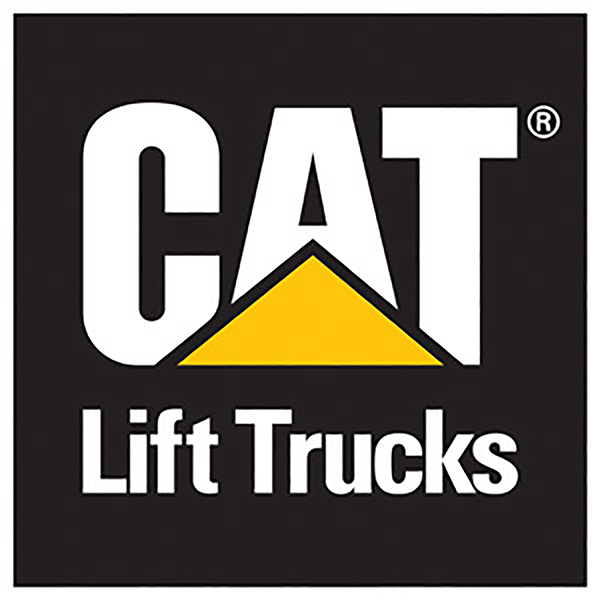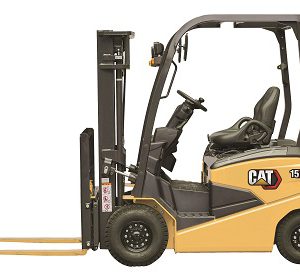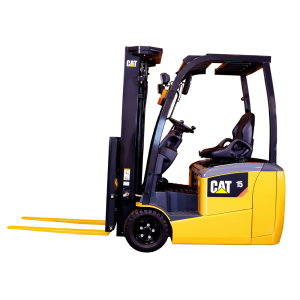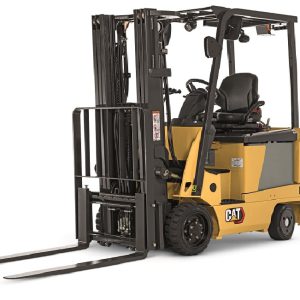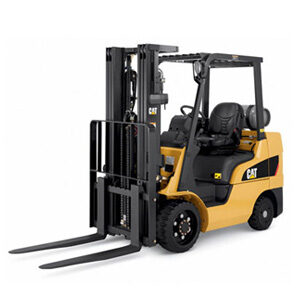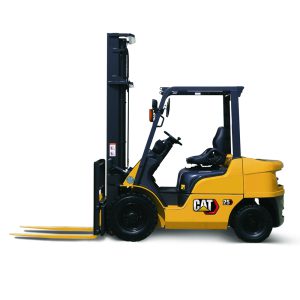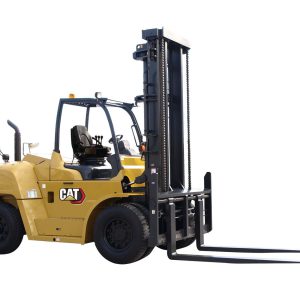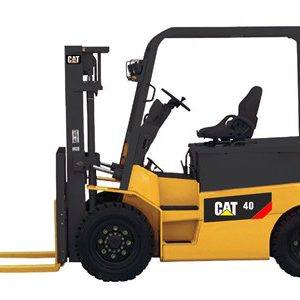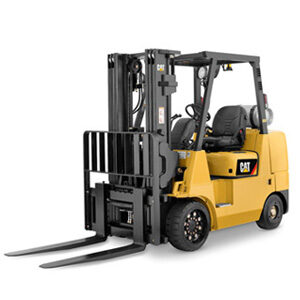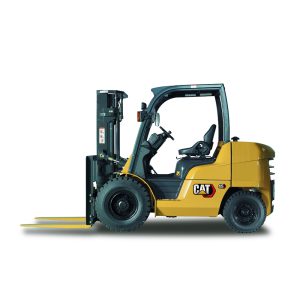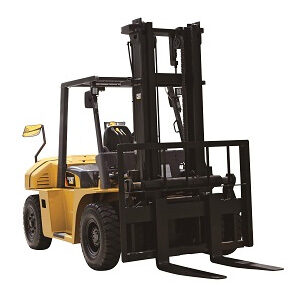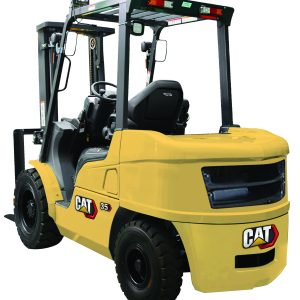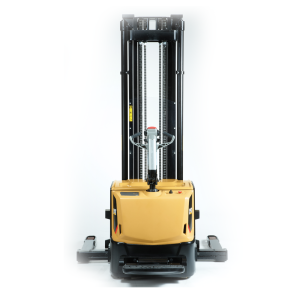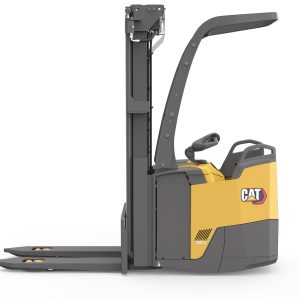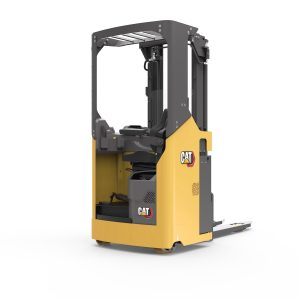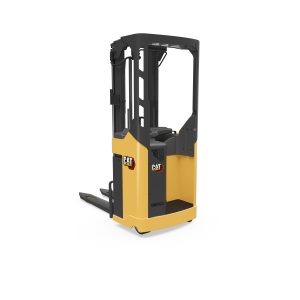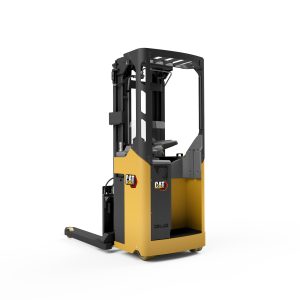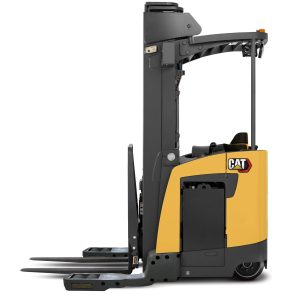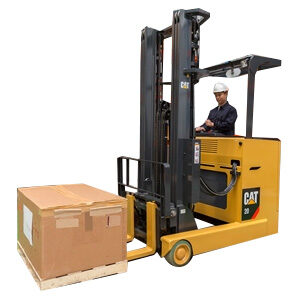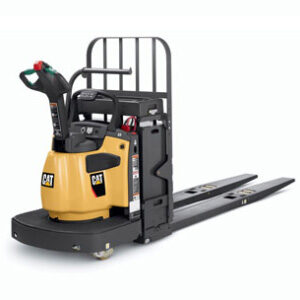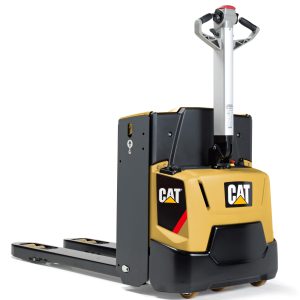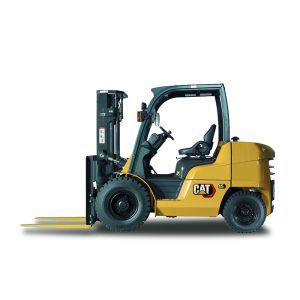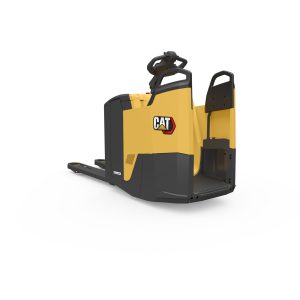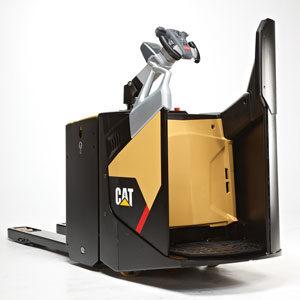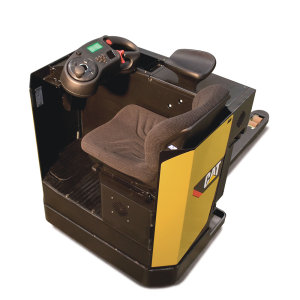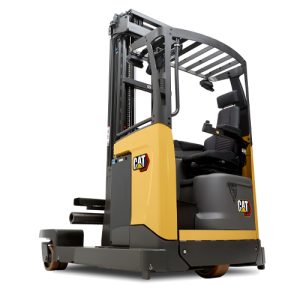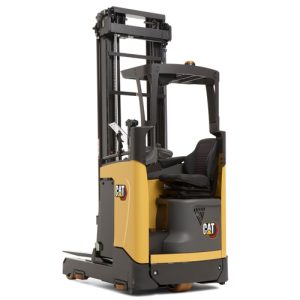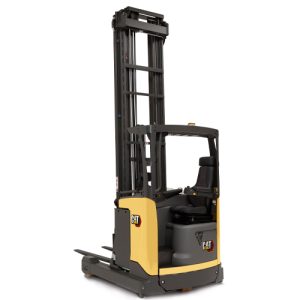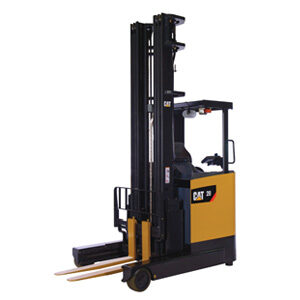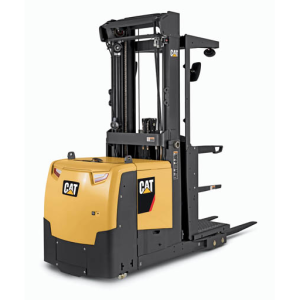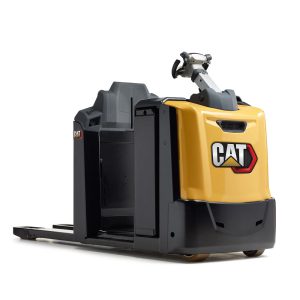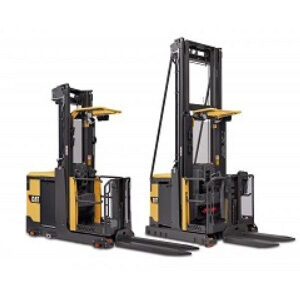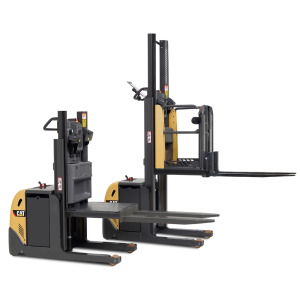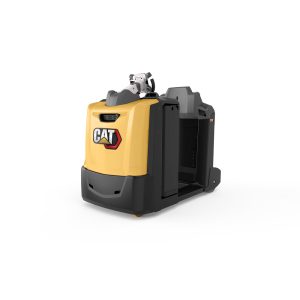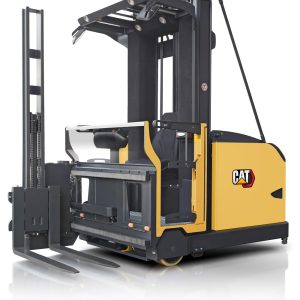
Are mergers and acquisitions the best road to growth?
12/11/2020
Mergers and acquisitions have been much favoured as a means to achieve growth and increased market share and the materials handling industry has been seeing a new wave of consolidation. What factors should companies – as well as customers and investors – look for on the way to a ‘commercial marriage made in heaven’, Ruari McCallion asked.
The materials handling industry has been no stranger to merger and acquisition (M&A) activity; the first example appears to be the acquisition of the Bullock Electric Company by Allis-Chalmers in 1903. The industry as we know it today started to take shape in the 1980s, as the main names of the industry rose to the top. We have seen at least 28 mergers over the past 15 years and the landscape is shifting once again.
Mutual attraction
Overall, the materials handling industry’s mergers and acquisitions activity has gone reasonably well. It probably helps that materials handling companies tend to have pretty clear aims and objectives, and their routes to those goals are quite well aligned even before those big get-togethers. But even common goals are no guarantee of success and the growth of global, multinational organisations makes things more difficult. Building a successful merged organisation does not happen by accident; it has to be carefully planned and rigorously implemented.
“M&A activity in the Transport and Logistics industry in recent years has been more influenced by the increasing demands of end customers and the requirement to deliver high-quality, integrated, end-to-end solutions on a global basis,” said Barry Sheehan, Associate Director at Livingstone, a corporate finance firm. “This is fuelling acquisitions of specialist providers which can improve and expand acquirers’ existing service offering. Accordingly, such providers tend to trade at higher multiples on both public and private markets. Furthermore, transport and logistics is by its nature a global industry and M&A has been an efficient vehicle for delivering international expansion strategies.” However, can mergers be veils behind which businesses conceal the decommissioning of excess capacity, in an extremely competitive and congested market?

Barry Sheehan, associate director at Livingstone.
“While M&A can help address excess capacity, the more recent trend in the market to deal with fluctuations in trading volumes has been the development of ’non- asset’ or ’asset light’ operating models,” Sheehan explained. “These models often involve the use of an owner-operated fleet and therefore reduce the capex levels required to maintain company-owned fleets.”
These models are more likely to be seen in end users, rather than OEMs (original equipment manufacturers), who will be in the position of providing flexible arrangements, such as leasing packages and complete service, or ‘servitisation’ contracts. In the most extreme examples, they provide customers with ‘power by the hour’ operations – the trucks are paid for only while they are operating. Surplus capacity is transferred back to the OEM or dealer, which moves the balance of financial risk quite strongly away from the end user and towards the supplier. Companies need large financial resources if they are to be able to operate profitably in such an environment. Financial risk means that goals, objectives and operating models have to be closely aligned.
“There is no ‘one-size-fits-all’ solution to acquisitions, but there are a few key challenges that should be considered as part of any approach; integration being number one on the list.”
Success is a reward, not a gift
Chris Noblet, CEO of Rivo, a risk management software company, has experience with technology and other companies including Capita and Arthur Anderson. Achieving success requires a thorough and well-designed integration plan, he maintains, in order to create revenue and cost synergies.
“There is no ‘one-size-fits-all’ solution to acquisitions, but there are a few key challenges that should be considered as part of any approach; integration being number one on the list,” said Noblet. “Make sure you have a clear plan in place as to what an acquired business will bring to your company, and exactly how it will fit into your existing business model. Ultimately, it’s those that fully consolidate all areas of their business that will be best positioned to grow and cater to customer needs.”
Paul Heugh, CEO of strategy implementation firm Skarbek Associates, argues that integration is not just about systems and operating procedures; other considerations are also crucial.

Paul Heugh, CEO of strategy implementation firm Skarbek Associates.
Cultural alignment is vital for a merger to succeed
“Cultural alignment is only fleetingly considered before a merger or acquisition, yet in a recent Deloitte survey 76% of managers rated it as either very or somewhat important in integrating two organisations,” he said. Failure to integrate culturally has been identified as a leading cause of missed synergy targets. Changed circumstances give rise to uncertainty, which can be damaging (both in the short and long term) if the process of system and business integration fails to address them. A successful merger or acquisition will ensure that uncertainty is tackled as soon as practical. Revealing the longer-term strategy to employees as early in the process as possible will help to reduce uncertainty and raise confidence. It can even be an opportunity to address issues that are already present in the merged companies and to overcome them. A large organisation can be a confusing place, and a bigger one even more so – but it does not have to be the case. What companies must do is involve and engage those employees who genuinely do understand their organisation holistically, including its processes, employees, culture and philosophy. They are a scarce resource, according to Heugh.
Clearing the fog
Companies do not enter into relationships with the intention of failing but the objectives must be clear, including the reasons for the decision to merge. The potential outcome may be viewed differently, depending on where the observers are standing. It is often said that employees are a company’s greatest asset but shareholders are important as well, and must be kept on board – as must all stakeholders
“Assuming a thorough and well-designed integration plan is followed, this can create revenue and cost synergies – thereby increasing profitability and ultimately boosting shareholder returns,” said Sheehan. “In the longer term, real shareholder value is created when M&A activity is underpinned by a clear strategic rationale, a thorough due diligence process and a co-ordinated post-deal integration plan that ensures perceived potential is delivered upon.”

Cultural alignment is an essential consideration if a merger or acquisition is to succeed.
Think differently
Heugh went on to observe that the way we consider organisations is still heavily influenced by Industrial Age thinking and a “manufacturing, process-dominated mindset”. An acquired organisation is usually considered in terms of its financials, market dynamics, organisational structure and management team – but today’s marketplace is crowded, highly contested, information-rich (but possibly lacking in understanding) and ultra-fast, and the established asset and process-based mindset could be dangerous, as it is limited.
“Any firms which address these factors effectively assume considerable strategic advantage, and it is these firms which tend to be the most successful when it comes to mergers and acquisitions,” said Heugh.
Will a merger or acquisition that impacts upon your business be successful? Time will ultimately tell. The press conferences and investor presentations will make all the right noises but it is important to listen beyond, to take note of what is said (or not said) about systems integration – IT systems are the key way of collecting and analysing data – and the blending of cultures. If a company keeps its best people, and if the representative you have come to know and have confidence in stays with it, then the signs are generally good!
source : https://eurekapub.eu/finance/2016/03/21/mergers-and-acquisitions-achieve-growth

